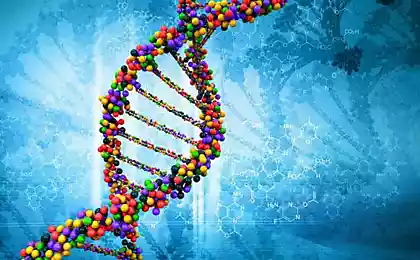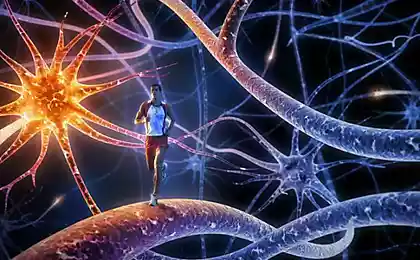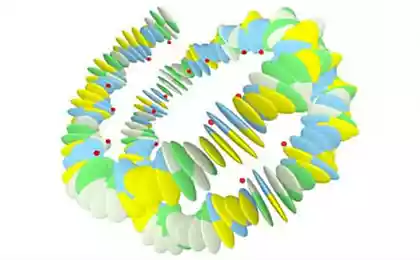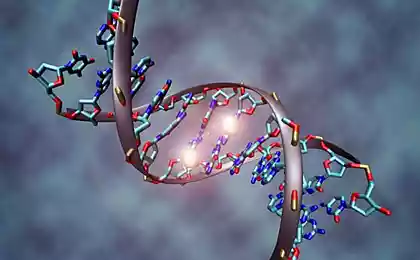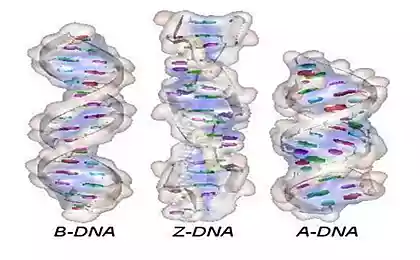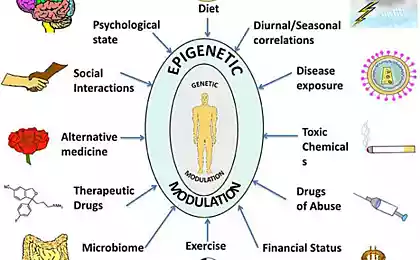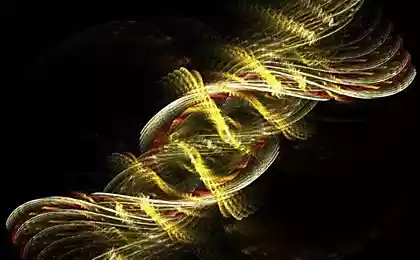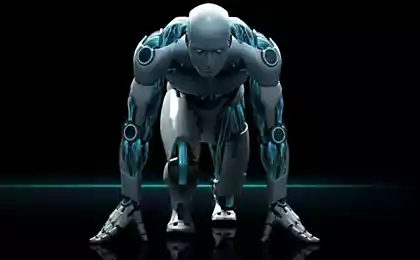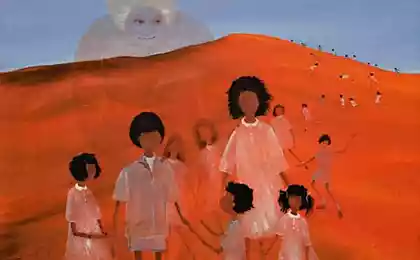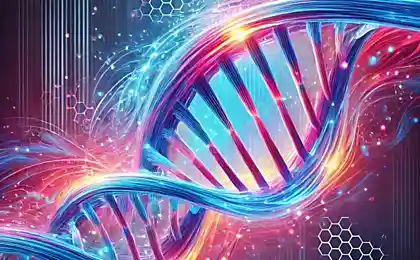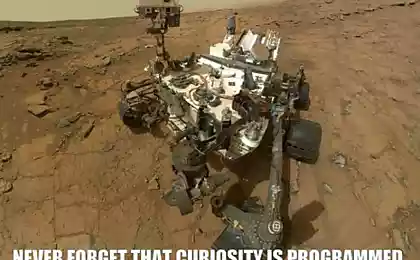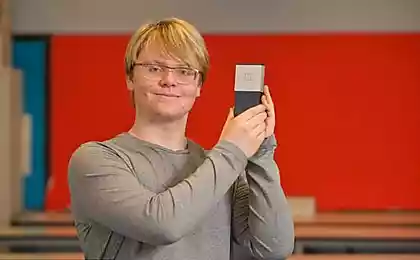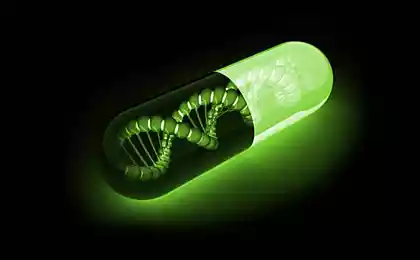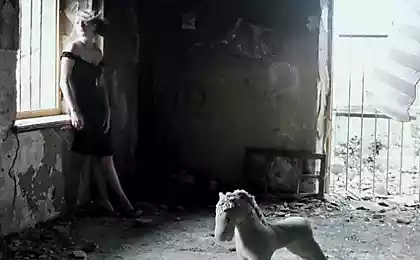1597
NASA engineer offers print people on other planets

Adam Steltzner (Adam Steltzner), Lead Project Engineer Curiosity at NASA JPL, speaking at the conference Future Is Now, предложил several options colonization of other planets. According to him, to send people to other star systems in two ways: either by manipulating the space-time (traveling through a wormhole or warp engines ), or after rethinking the fundamental idea of what we are presenting themselves.
"The best option for space exploration can be print people, organically, on another planet," - said Steltsner.
By all accounts, the colonization of other planets - the only way to ensure the long term survival of the human race. The problem is that we do not even know how to safely fly to Mars, not to mention the distant star systems. If instead the person to send instructions to print, the problem can be solved.
To start, you want to send to another planet human genetic material. According Steltsnera, this can be done using bacteria able to survive in space . The idea is that before sending put into bacteria cells of human DNA segments. "Maybe we do not colonize other worlds astronauts in spacesuits, and bacteria - said Adam Steltzner - such considerations seem lovely, fantastic».
Steltsner explained , that the concept of the press of people on other planets not invented it, and George Church (George Church) and Gary Ruvkun (Gary Ruvkun) from the Department of Genetics at Harvard Medical School. Although, in fact, she met before in science fiction.
Gary Ruvkun says that earlier expressed the idea of terraforming other planets using genetically modified bacteria that can create oxygen-containing atmosphere, fertilize the soil and prepare for landing uninhabited planet colonists. "If you offer terraforming you can also suggest sending the bacteria with parts of human DNA - says Ravkan. - This is not some kind of madness ».
But that is crazy - so this is a way to collect the segments sent in a living human body. Here we still can not do anything, because current technology does not allow you to decode the information from the DNA of the organism to grow and, as it occurs in nature. But scientists hope that with the development of technologies of genetic engineering, cloning and biopechati this will be possible. Split genome segments of a particular person to put them in the bacteria - and send to the appropriate planet for assembly. "We're only 50 years studying DNA - says Ravkan. - After 5000 years, we do seem child's play ».
Adam Steltzner believes that a good idea may be radio broadcast into the universe of the human genome in the hope that someone will receive this signal, it will be able to correctly interpret and reconstruct genetically human. "In my opinion, it is very similar to 3D-print" - says Steltsner.
Printing a human kidney on the 3D-printer i>
This is similar to how the digital converter biological , which is developing a US company Synthetic Genomics Incorporated under the direction of synthetic biology pioneer Craig Venter. The device makes a digital copy of the DNA of the organism (eg, virus or microbe) - sends it to another place where the new organism is created from the DNA of a digital copy.
The strategy of colonization by sending DNA - highly speculative idea. It is not known whether such a practice. But at least it does not contradict the basic laws of physics, does not require travel in excess of the speed of light or an infinite amount of energy.
Source: habrahabr.ru/post/224613/
Lumo Lift: miniature fitness tracker and "controller" posture
Elon Musk presented the passenger version of the spacecraft Dragon
